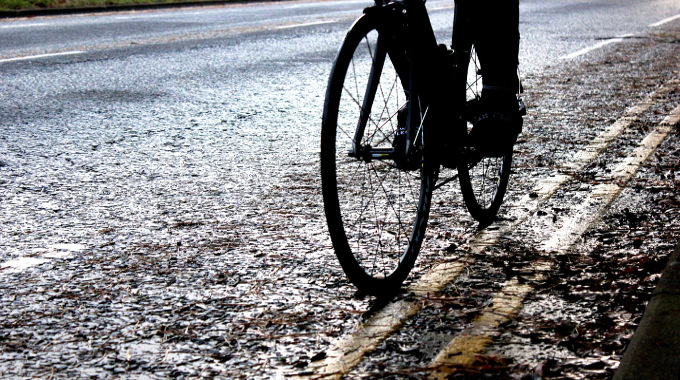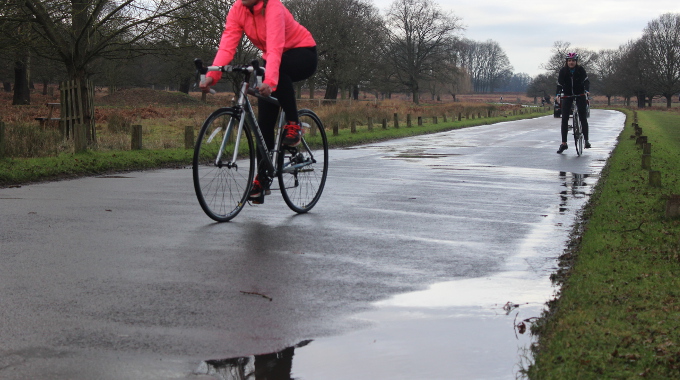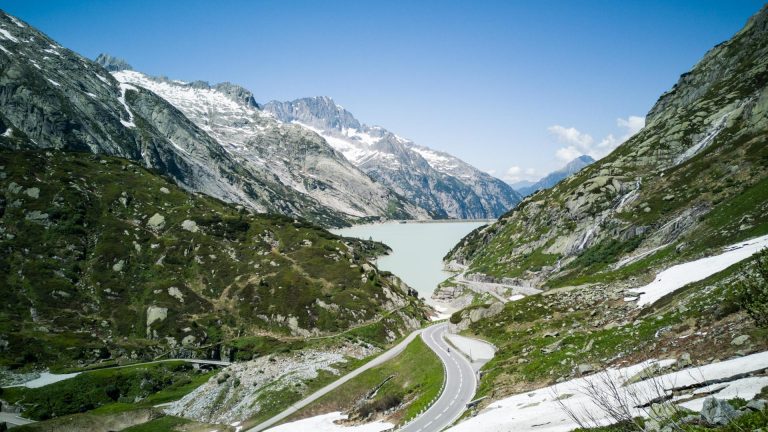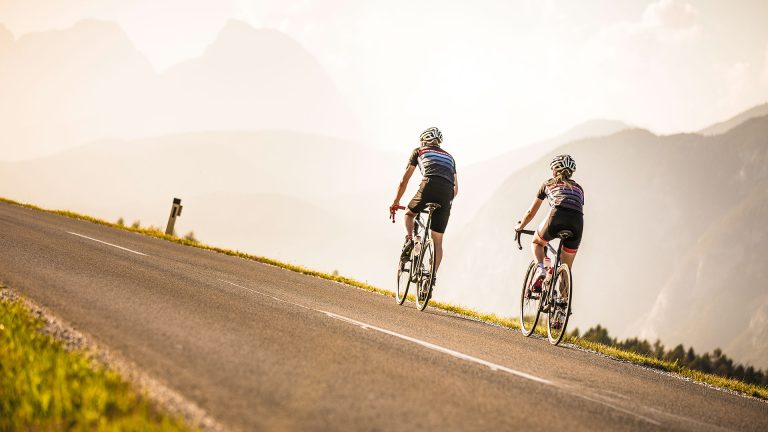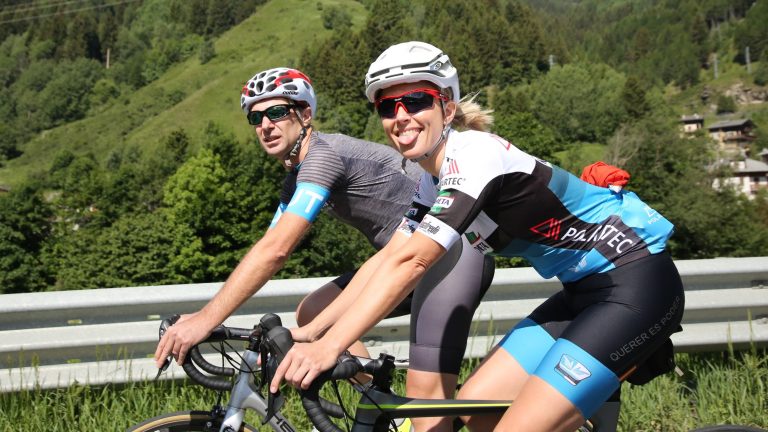Spring is famous for many things: the first budding flowers, the blue skies, the long days. It’s also a season that’s notorious for unexpected showers.
Riding in the rain is something all cyclists will have to do at some point, unless you’re incredibly cautious and have a weather sense that beats anything Accuweather can offer. However, inconvenient as it might be the rain doesn’t have to, in local newspaper language, ‘dampen your spirits’.
Here’s a few tips to help you weather the conditions…
Don’t put yourself through it unnecessarily
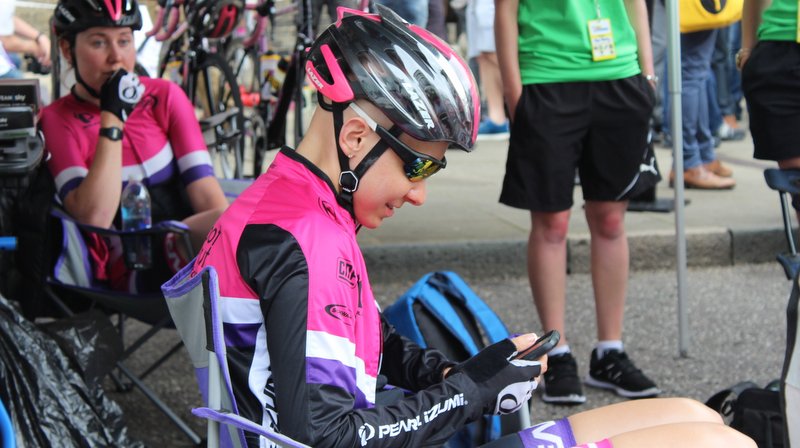
Perhaps you just like riding in the rain, but if that were the case you probably wouldn’t have come to this post. Of course, if you’re taking part in an event or commuting and it’s due to rain, then there’s not much you can do about the situation – but if you’re just planning a two hour ride of a weekend then checking the forecast and planning around what’s anticipated is obviously sensible.
No rocket science there. However, what is pretty clever is the app Will It Rain Today?. We were introduced to this app by none other than a British Airways pilot, and it’s incredibly accurate – in fact it predicted the raincast on a Tuesday afternoon recently to within 10 minutes of the drip drops starting. Download it to your phone for early warnings.




